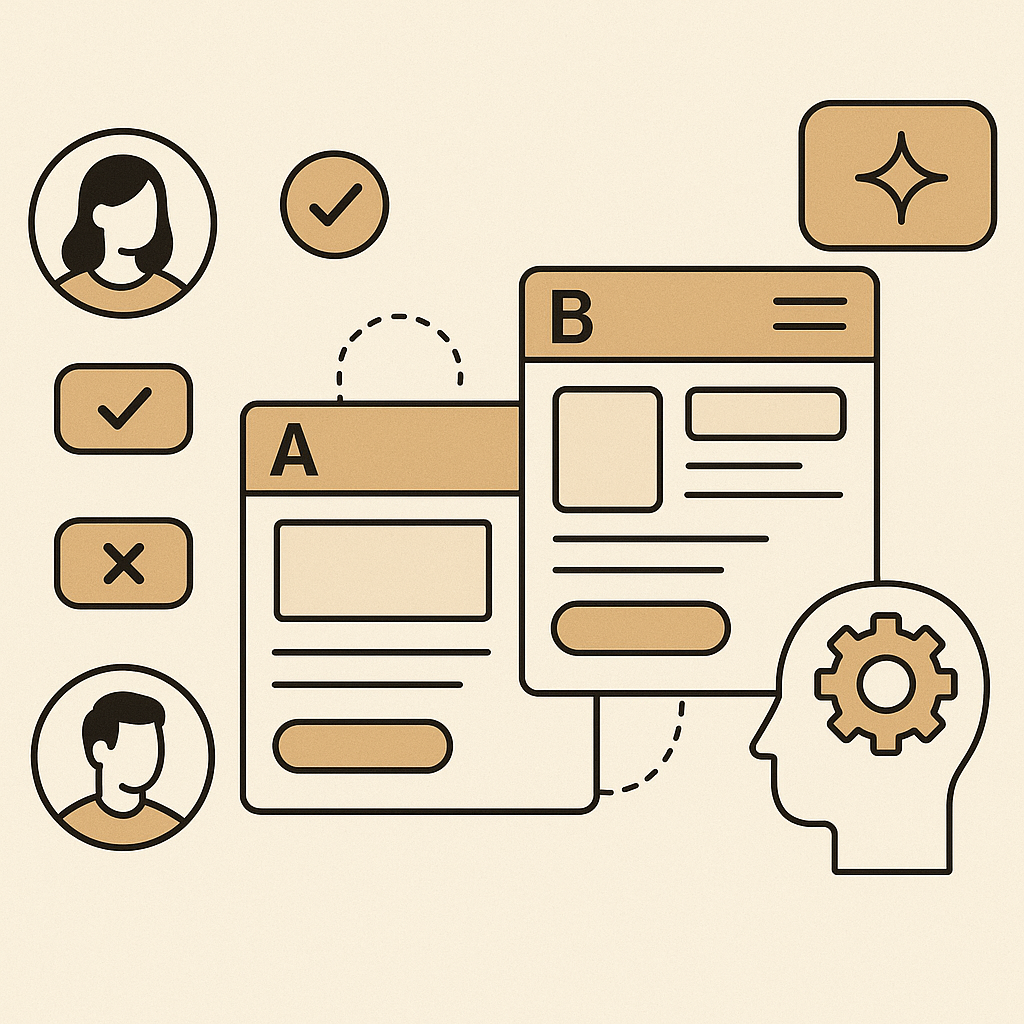Marketers and growth teams have been chasing personalization for over a decade—”Hello, {first_name}” emails, geo-targeted ads, product carousels based on past purchases.
But despite all the effort, most personalization still feels shallow. Worse, it’s often invisible to the user or adds complexity without clear gains.
So what’s broken—and what’s replacing it?
The Limits of Conventional Personalization
Traditional personalization is built on two fragile pillars:
- Segmentation: Users are grouped into predefined buckets—like “returning visitor,” “cart abandoner,” or “enterprise lead.” The assumption is that everyone in a segment behaves the same. Spoiler: they don’t.
- Static Rules: Personalization logic is hardcoded. Show variation A if they came from Google Ads; show variation B if they’re in New York. It’s rigid, brittle, and impossible to scale beyond a few variables.
This results in experiences that are “technically personalized” but practically generic.
The Shift: From Segments to Individuals
What if websites didn’t rely on a few rules and segments—but learned what each visitor needs in real-time?
That’s what the new wave of AI-powered personalization enables:
- Generating content, layout, and messaging on the fly
- Testing hundreds of variants automatically, not just A/B
- Adapting continuously based on real-world signals, not assumptions
Instead of creating “one site for many,” you’re creating one site for one—again and again.
Why It Matters
This isn’t just an upgrade. It’s a shift in mindset—and performance.
- Higher conversions: When the experience reflects a user’s actual intent and mindset, they act.
- Faster iteration: AI doesn’t need weeks to test ideas; it learns and adapts continuously.
- Smarter scaling: Instead of building and maintaining 50 variants manually, you let the system evolve automatically as traffic and behavior change.
The Bottom Line
We’re moving beyond personalization as a marketing checkbox. The future is about dynamic, intelligent experiences that feel native to every visitor—not because you guessed right, but because your site adapts right.

Leave a Reply